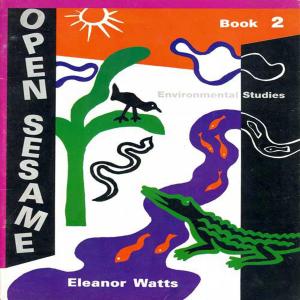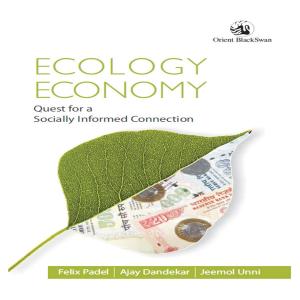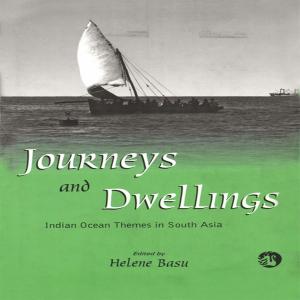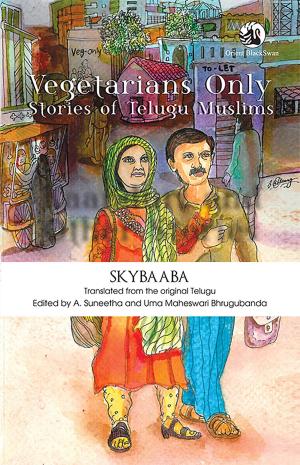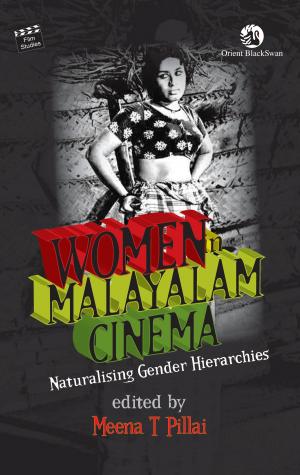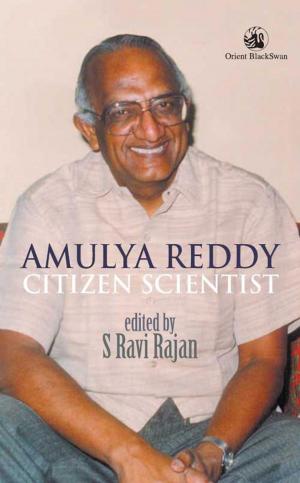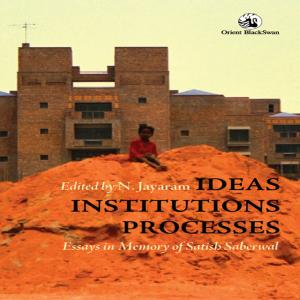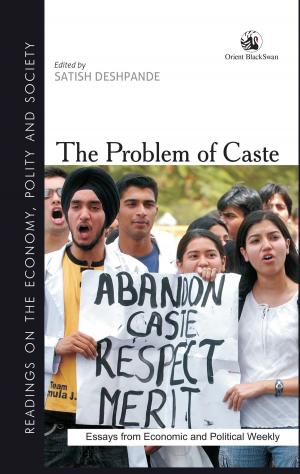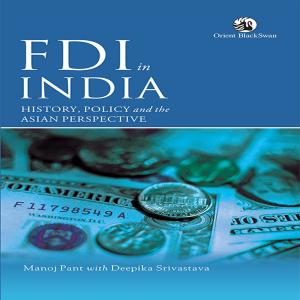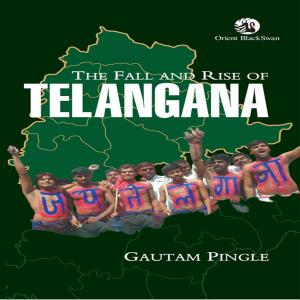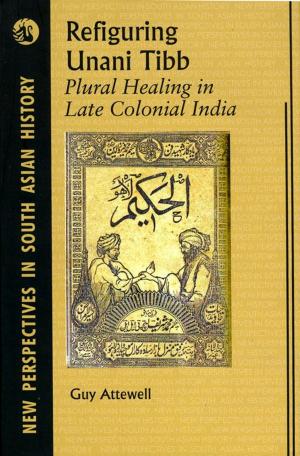| Author: | ISBN: | 9788125060277 | |
| Publisher: | Orient Blackswan Private Limited | Publication: | October 29, 2015 |
| Imprint: | Language: | English |
| Author: | |
| ISBN: | 9788125060277 |
| Publisher: | Orient Blackswan Private Limited |
| Publication: | October 29, 2015 |
| Imprint: | |
| Language: | English |
• This book explores the ways in which conservation of biodiversity can coexist with human actions and interests through a series of eight essays. These are tied together by an analytical introduction by the editors. • It seeks to supplement the dominant discourse of conservation in India, which has traditionally depended on fencing off fragments of habitats and guarding them against human encroachment. However, formally designated Protected Areas occupy a very small proportion of territory and are therefore limited in value. Nature and natural processes transcend human boundaries and cannot be contained within the borders of nature reserves. • This eclectic collection of essays explores inclusive conservation approaches in a spectrum of landscapes, from lake restoration in a metropolis to the issue of overfishing on the coastline. • In the cases studied here, conservation action takes the producers’ or residents’ own imperatives into account along with wider ecological challenges. This method of conservation forges links with a range of actors: cultivators, herders, fishers and plantation owners, in addition to the government, the middle class and literati.
• This book explores the ways in which conservation of biodiversity can coexist with human actions and interests through a series of eight essays. These are tied together by an analytical introduction by the editors. • It seeks to supplement the dominant discourse of conservation in India, which has traditionally depended on fencing off fragments of habitats and guarding them against human encroachment. However, formally designated Protected Areas occupy a very small proportion of territory and are therefore limited in value. Nature and natural processes transcend human boundaries and cannot be contained within the borders of nature reserves. • This eclectic collection of essays explores inclusive conservation approaches in a spectrum of landscapes, from lake restoration in a metropolis to the issue of overfishing on the coastline. • In the cases studied here, conservation action takes the producers’ or residents’ own imperatives into account along with wider ecological challenges. This method of conservation forges links with a range of actors: cultivators, herders, fishers and plantation owners, in addition to the government, the middle class and literati.




